Flying doesn’t have to be a hassle, but for many travelers, it often is. Economy keeps costs down, but comfort and convenience take a hit. First class promises smoother service and more space, but it comes at a premium. Here's what that extra cost actually gets you and when it makes enough of a difference to be worth it.
Seats Offer Noticeably More Room to Breathe
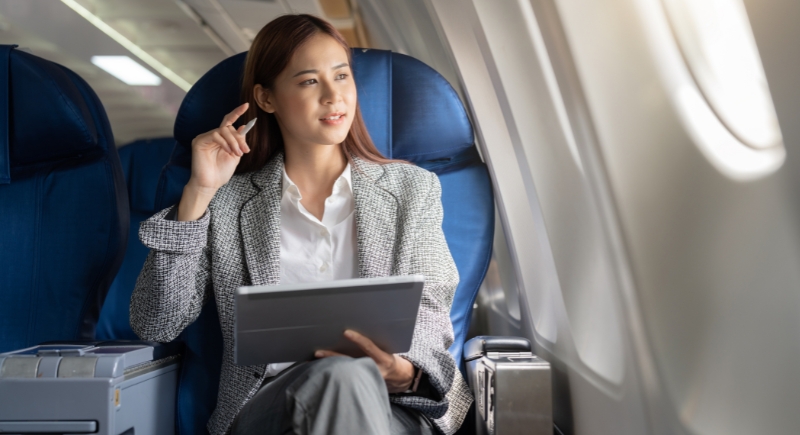
Credit: Canva
First class seating offers significantly more space than economy, with wider seats and increased legroom. On long-haul flights, several first-class cabins feature lie-flat beds, which completely change the in-flight rest experience. In contrast, economy seats often feel restrictive, especially on international trips.
Meals Go Beyond the Tray Table Standard
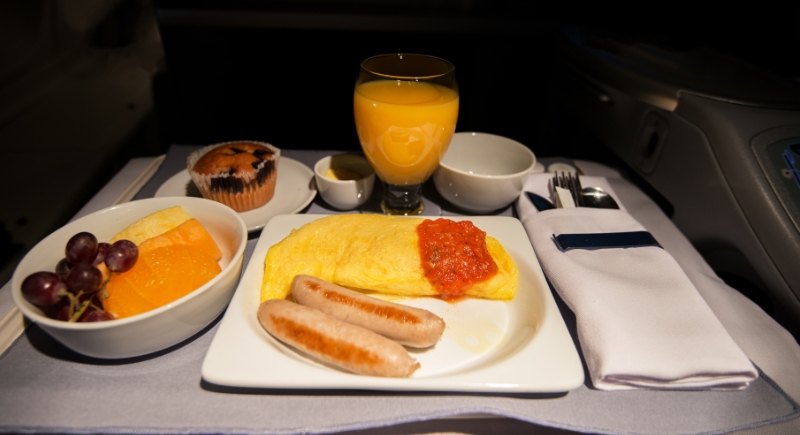
Credit: Getty Images
You get a real meal with actual courses, not just something sealed in foil. The tray has metal cutlery, a cloth napkin, and sometimes even a printed menu. The food looks like it was plated with care: hot entrees, salads with texture, and a proper dessert.
Baggage Fees Add Up Fast in Economy
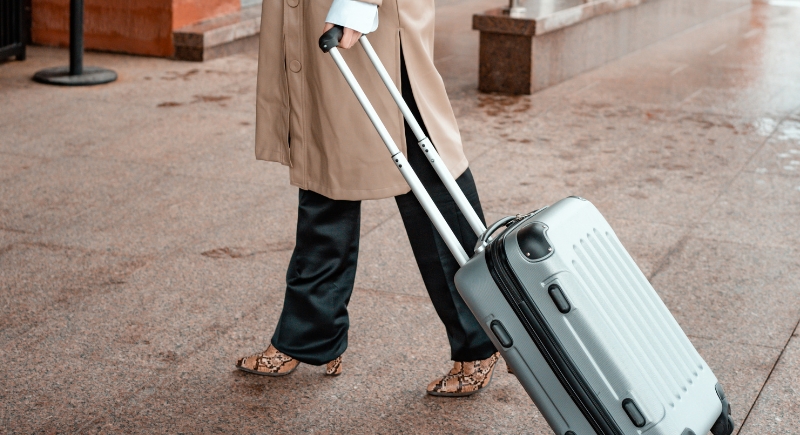
Credit: pexels
Fares tend to include two checked bags, which can be a real cost-saver for people carrying more than just a carry-on. Many economy fares, on the other hand, only allow one small personal item without paying extra. Checked baggage fees can run over $100 round-trip for one bag, and higher for a second.
Cabin Service Operates at a Slower Pace in Economy
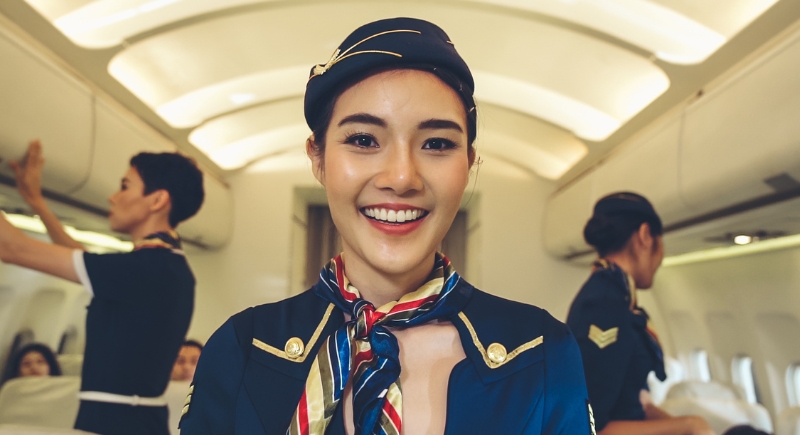
Credit: Getty Images
Flight attendants in economy manage larger sections of the plane, which limits how quickly they can respond to individual requests. In first class, service feels more responsive because the crew has fewer passengers to handle. Drinks arrive faster, and food service is consistent.
Airport Lounges Can Change the Entire Day
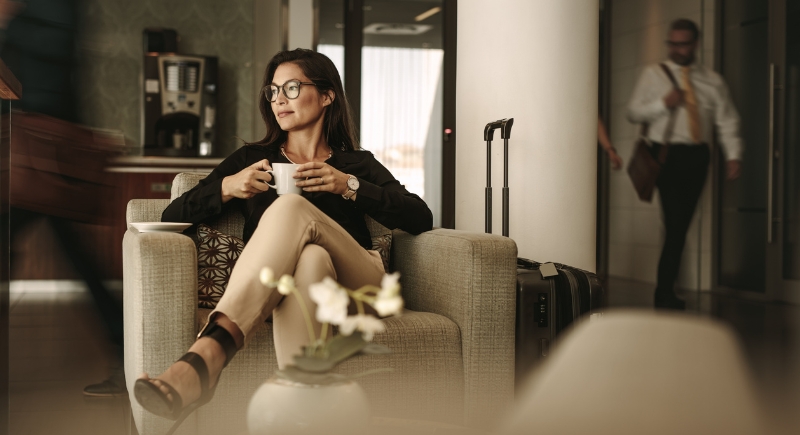
Credit: Canva
If you have lounge access, your airport wait looks very different. You can sit in a comfortable space, grab a proper snack or drink, and actually get work done with dependable Wi-Fi. Some lounges include showers or staff who can help rebook delayed flights.
The Boarding Process Moves Faster in First Class
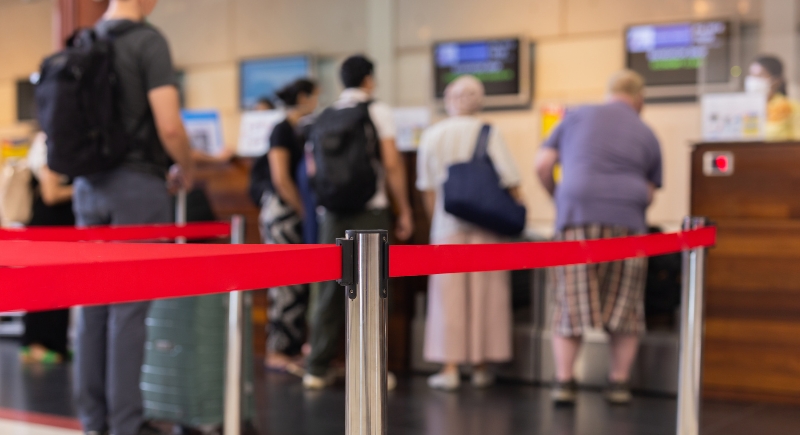
Credit: Canva
Boarding early gives you a head start before the cabin gets crowded. You can store your bag without worrying about limited overhead space and settle into your seat without feeling rushed. There’s time to get what you need from your carry-on, adjust your seat, and just breathe.
Entertainment Options Are Up-to-Date
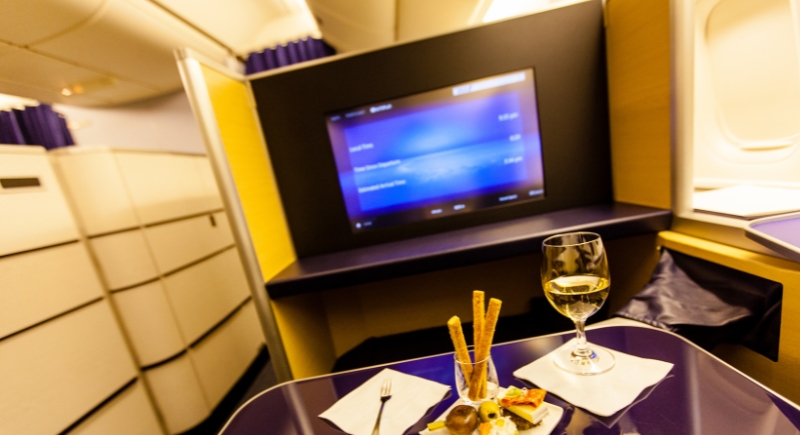
Credit: Getty Images
Larger screens make it easier to actually enjoy a film without squinting or shifting uncomfortably. Paired with higher-quality headphones and quicker touch response, the setup feels closer to what you’d use at home. Various seats also include access to free Wi-Fi and an extensive content library.
First Class Reduces the Chaos of Deplaning
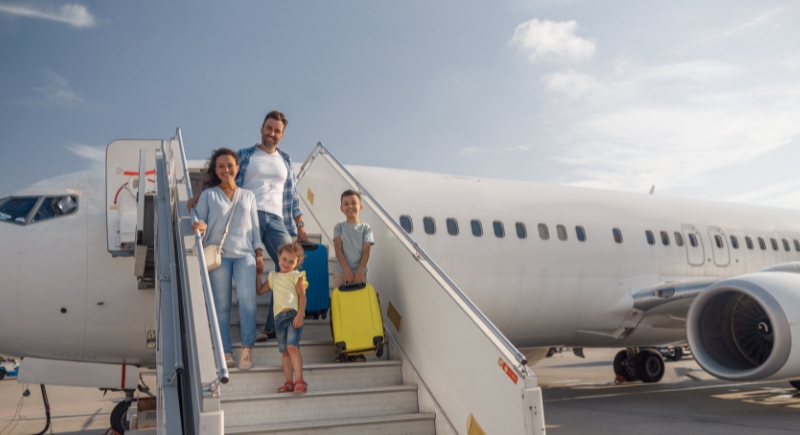
Credit: Canva
At the end of a flight, first-class passengers exit before the main cabin, which shortens wait times and makes connections easier. In the economy, deplaning can take 20 minutes or more, based on the aircraft and seating location.
Unexpected Delays Feel Less Draining Up Front
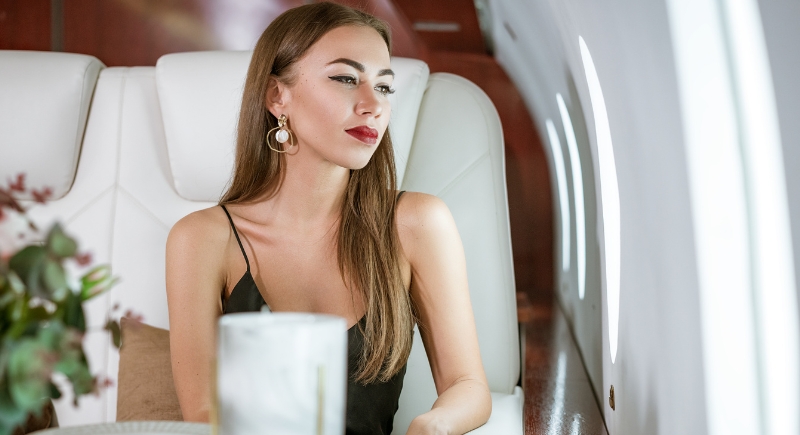
Credit: Canva
Delays are a regular part of air travel, but where you wait can make a big difference. Sitting in a quieter cabin with greater space, an attentive crew, and easier access to food and drinks helps reduce the fatigue of sitting on the tarmac or waiting at the gate. Compared to the cramped, noisy rows in the back, the front of the plane offers a buffer against delays you can’t control.
The Difference in Sleep Quality Is Hard to Ignore
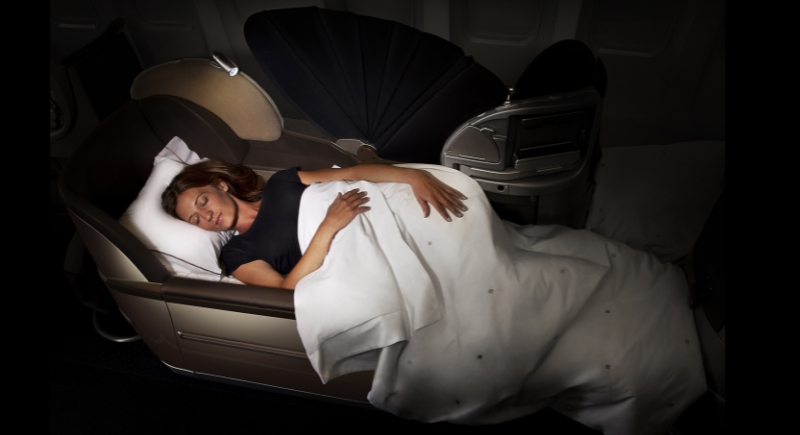
Credit: Wikimedia Commons
Fully reclining seats, particularly on international flights, are just the opportunity to get some much-needed rest. There is enough room for you to stretch fully and use the bedding kits provided by the airline. After all, sleep comes easily when you're not propped upright against a stiff seat with strangers on either side.
Special Requests Are Handled With Less Friction
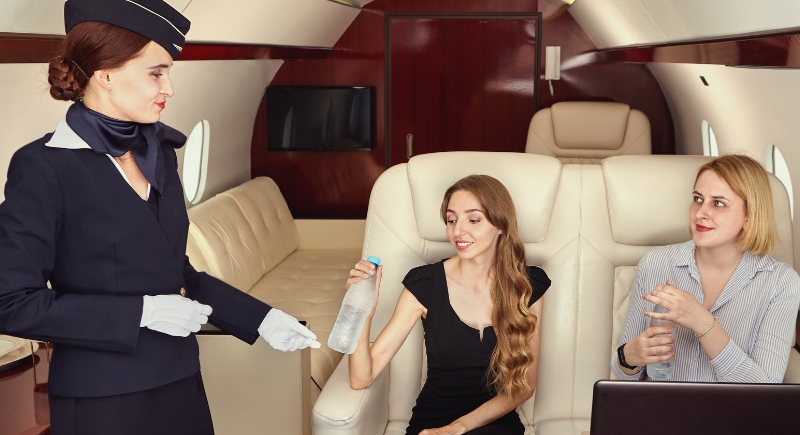
Credit: Getty Images
If you need something mid-flight—like a different meal, an extra blanket, or help adjusting your seat—it tends to get resolved quickly in a smaller, less busy cabin. Crew members can follow through without juggling dozens of other people. In a packed main cabin, even simple requests may take longer or get missed entirely.
Domestic Routes Offer Smaller Differences Than International Ones
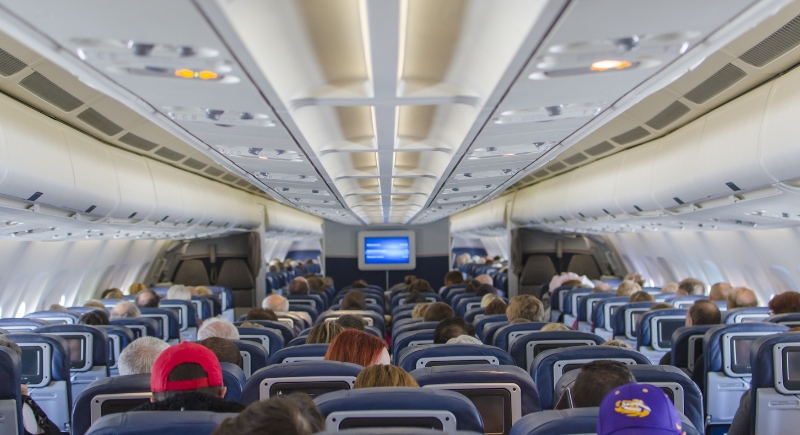
Credit: pixabay
On U.S. domestic flights, the gap between economy and first class isn’t always significant. You’ll get a bigger seat, better snacks, and faster boarding, but there usually aren’t lie-flat beds or elaborate meals. For short flights, the cost difference may not be worth it unless the upgrade is minimal or you're using points.
Perks May Still Be Missing on Some Flights
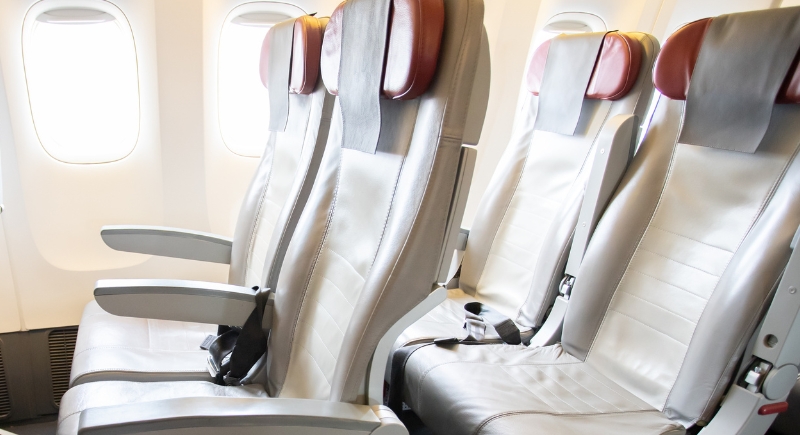
Credit: Getty Images
Several upgraded seats no longer include the perks passengers expect. Some airlines reduced services during the pandemic and haven’t restored them across all routes. Economy individuals already expect fewer perks, but those paying for a premium seat should check in advance to avoid disappointment during the flight.
Using Miles Reduces the Cost of an Upgrade
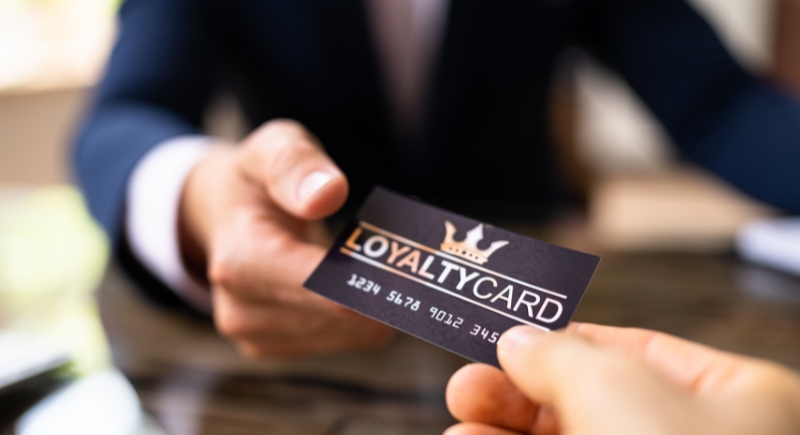
Credit: Getty Images
Airline miles can be redeemed for seat upgrades at booking or check-in, depending on availability. Some carriers even offer last-minute upgrades at a reduced cost if first class isn’t full. For individuals who collect points through loyalty programs or credit card rewards, these options make first class more accessible than paying full fare.
Some Routes Just Don’t Justify the Upgrade
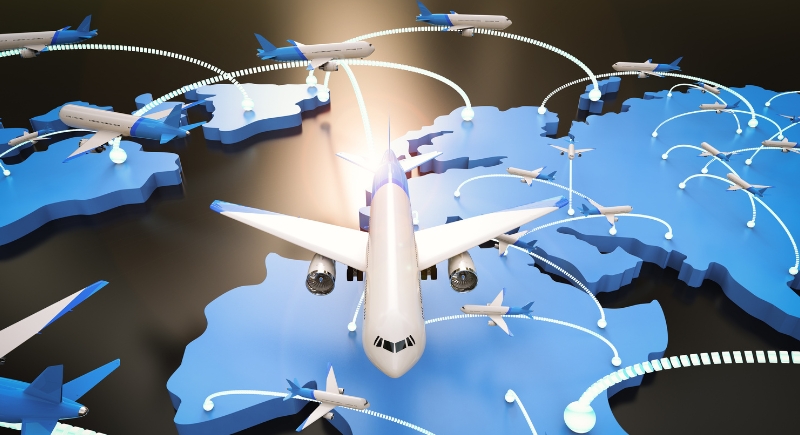
Credit: Canva
Short flights under two hours don’t always benefit much from the switch to first class. There's barely enough time for beverage service, and the seating difference isn’t noticeable on smaller planes. If you’re flying nonstop with no connections and can manage without extra legroom, staying in economy can be a good choice.
